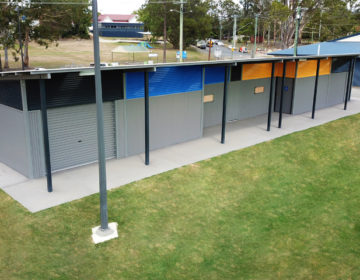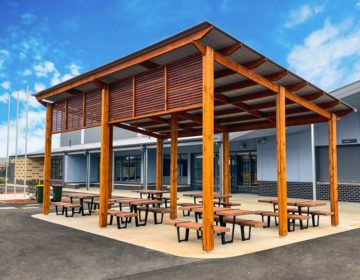There’s a good reason demand for WPC is increasing
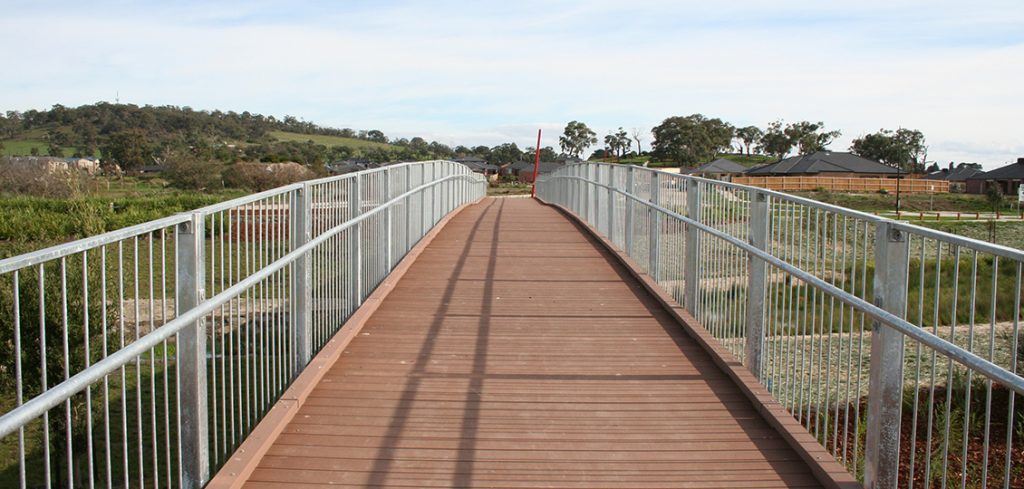
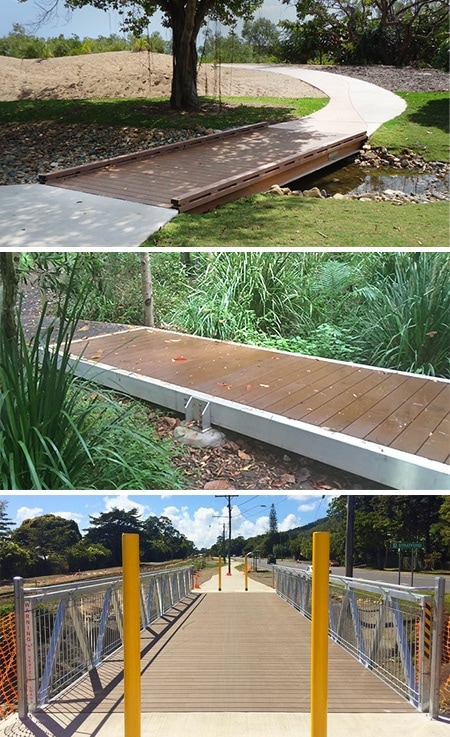 Pros and cons – in a world of choices, everything has them – except perhaps Wood Plastic Composite (WPC).
Pros and cons – in a world of choices, everything has them – except perhaps Wood Plastic Composite (WPC).
As a product for use in open space, public areas, it’s all pros. Everything about WPC suits rigorous use by the public outdoors.
Some may suggest that the cost is a drawback, but if considering life cycle costing, it becomes a money saver due to its resilience.
WPC was developed in the 1980s, made from recycled wood fibres and polypropylene resins, and was first used for automotive interiors.
Today, its greatest use is in construction, mostly for decking and railing, and the demand is growing yearly, with 1.3 million tons sold in the US market alone in 2015.
When one looks at the benefits, it’s easy to see why the growth is so rapid.
#1. WPC is easy to maintain and clean.
Stains, spills or pigments from vegetation do not penetrate deeply into WPC, making it easily cleaned with soapy water and/or a high-pressure water jet. It can also be sanded with fine-grade sandpaper to restore its natural surface.
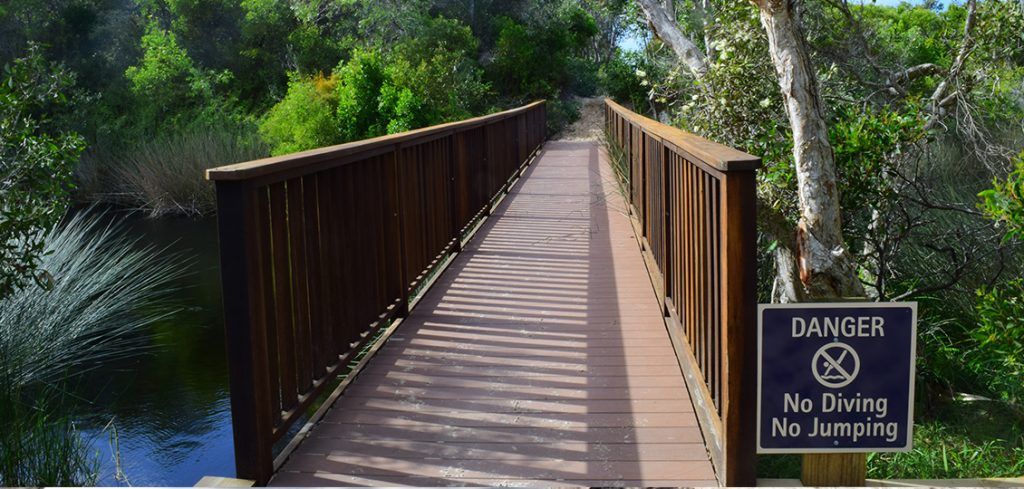
#2. WPC is resistant to ultra-violent light, and does not fade quickly.
Maintenance costs are dramatically reduced without the need for additional applications of UV protection, saturation coatings, varnish, lacquer or other costly chemical products.
#3. WPC is highly resistant to all types of extreme climate.
Whether rain, snow or peak summer conditions, and everything in between, WPC is more durable than timber, and will hold its shape for much longer. It is also resistant to insects and fungi.
#4. WPC is slip resistant.
Under scientific conditions, WPC qualifies as a Class X non-slip surface, making it the ideal solution for pedestrian bridges and access structures. Due to fire retardant chemicals added in its manufacture, it has also been tested and proven as non-flammable.
#5. WPC looks like wood.
Being 50% recycled timber, it is no surprise that WPC offers a great timber-like finish. It can even smell like wood, but has the advantage of not splintering like timber, nor attracting termites. Due to its high cellulose content it can behave like wood, with the ability to bend, be cut, and be coloured and stained.

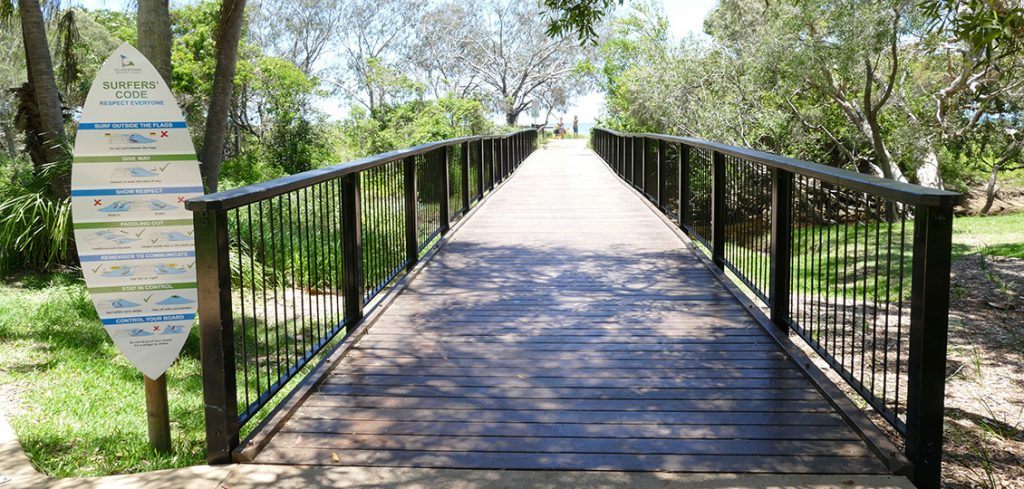
Landmark can use WPC, on request, in almost all its products, but the most common is decking on bridges and access structures. It is a popular product for those who want to lengthen the life of open space infrastructure, or who are installing in high corrosive, high use areas.

